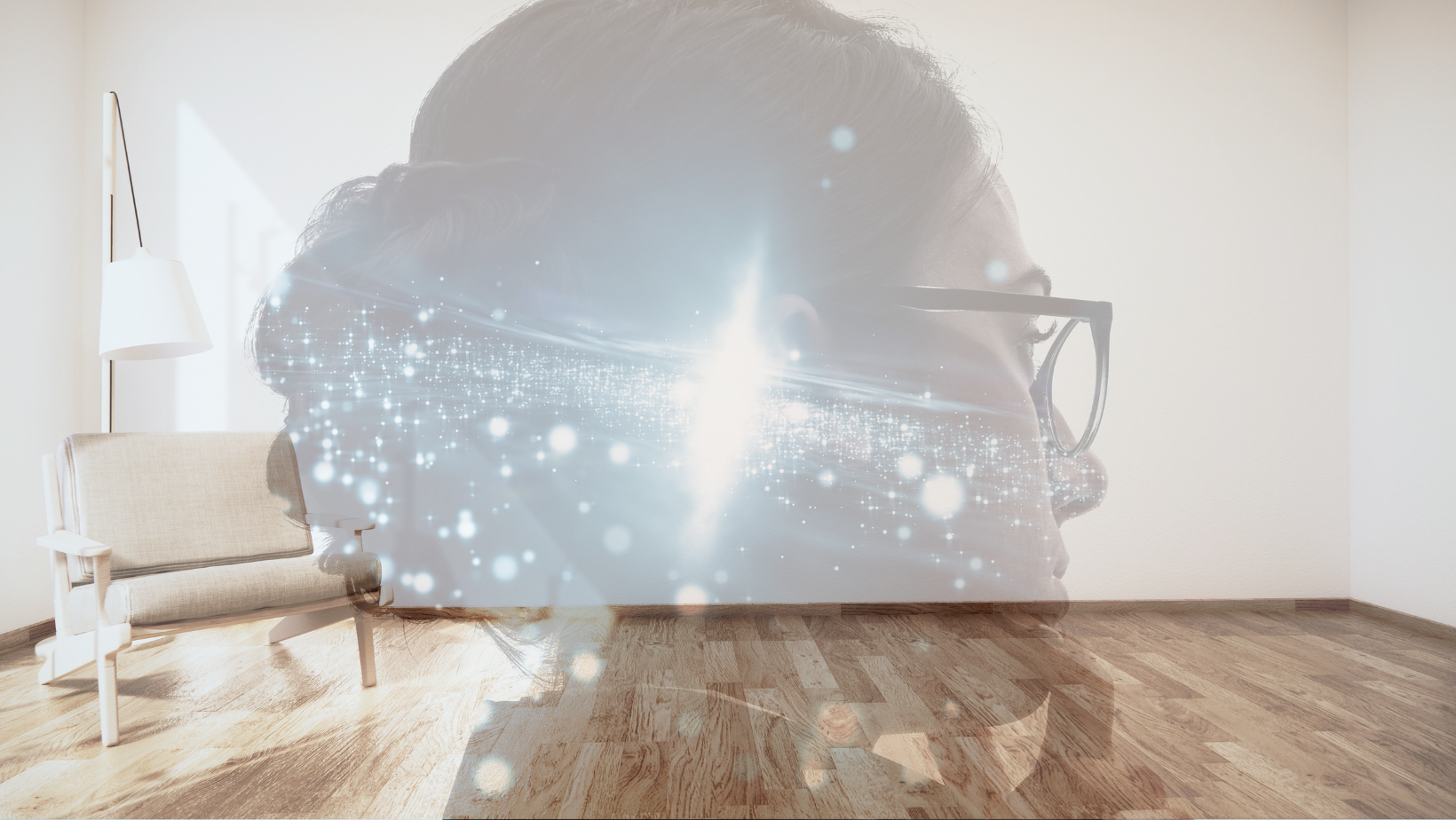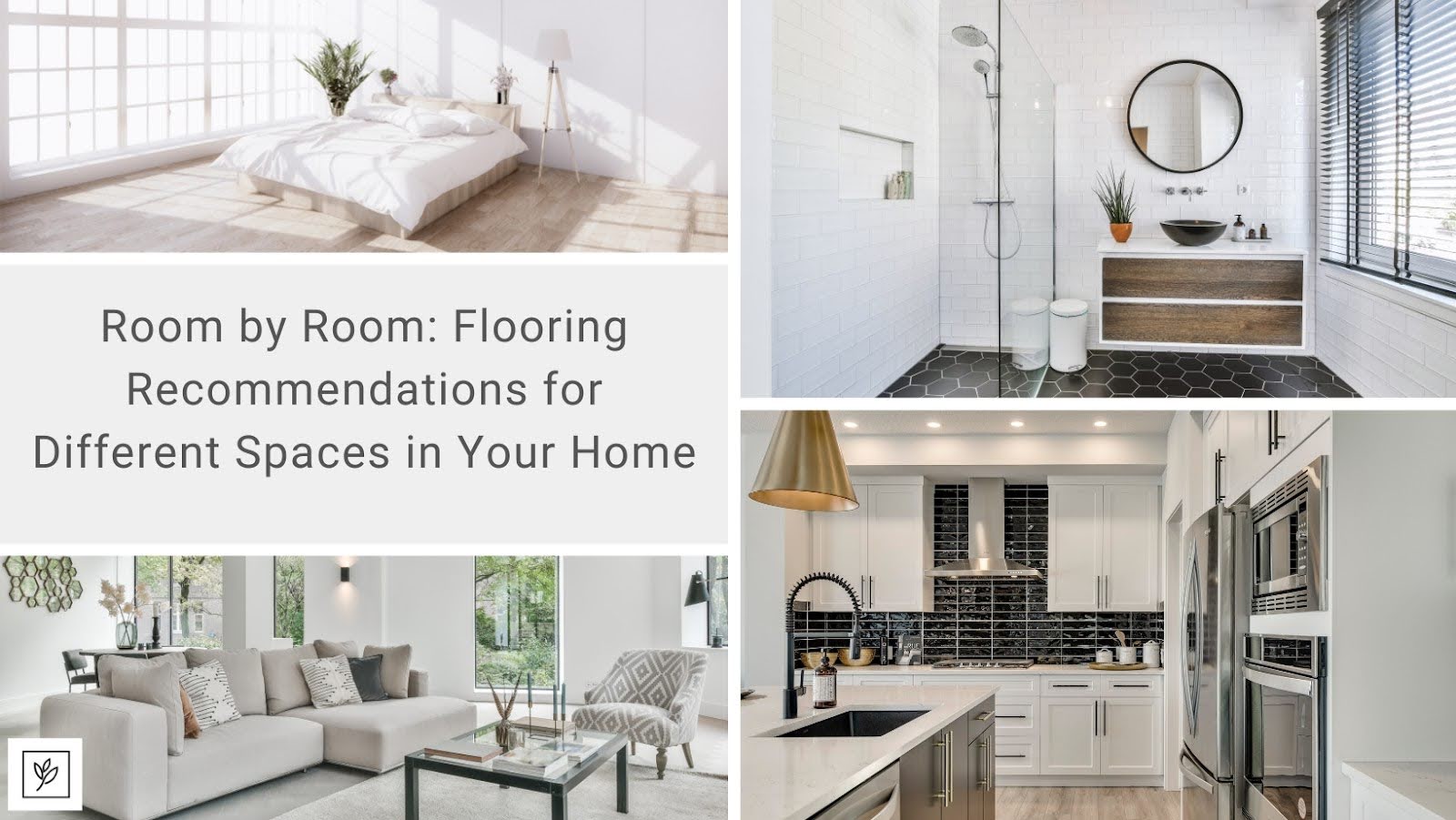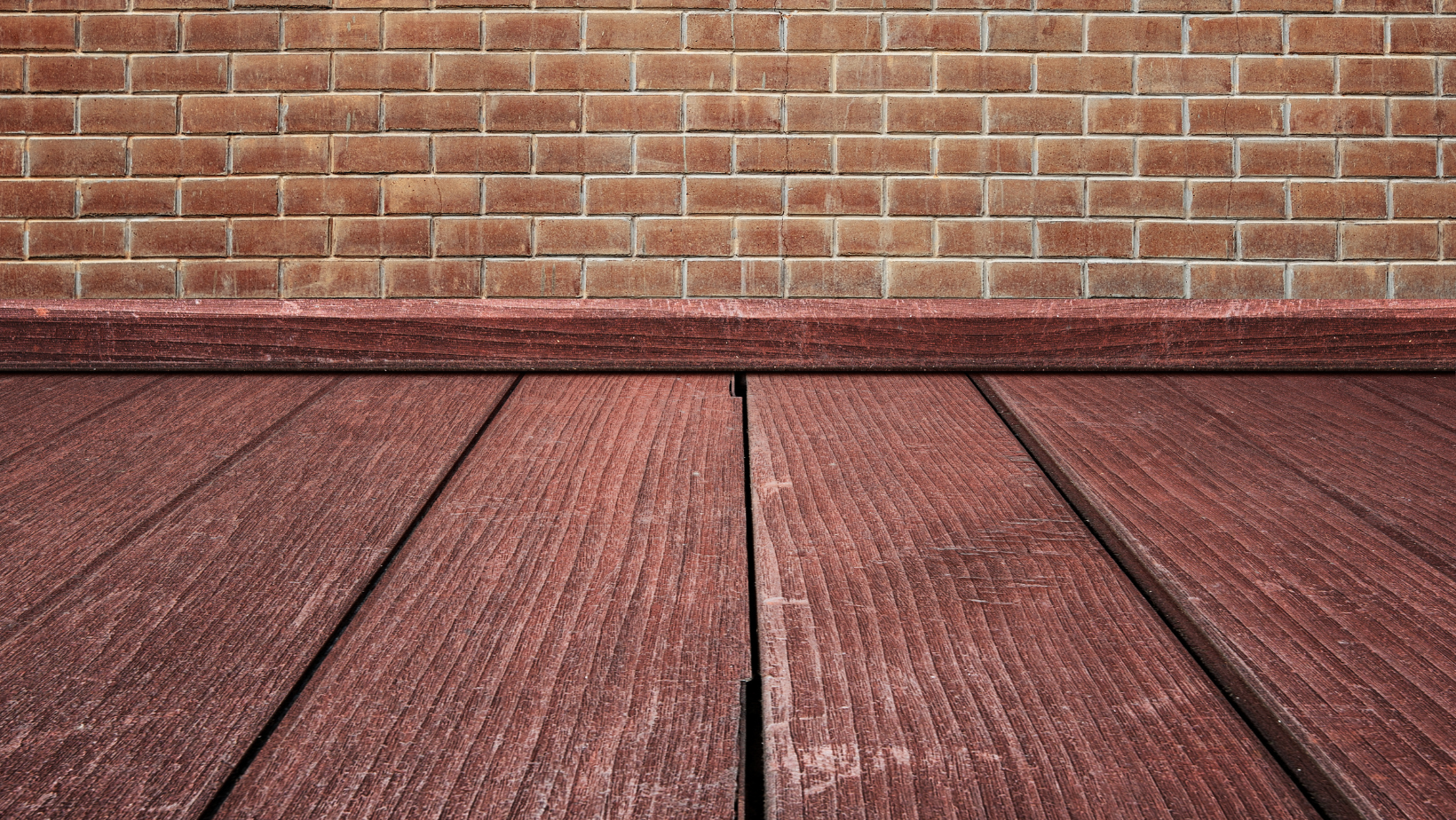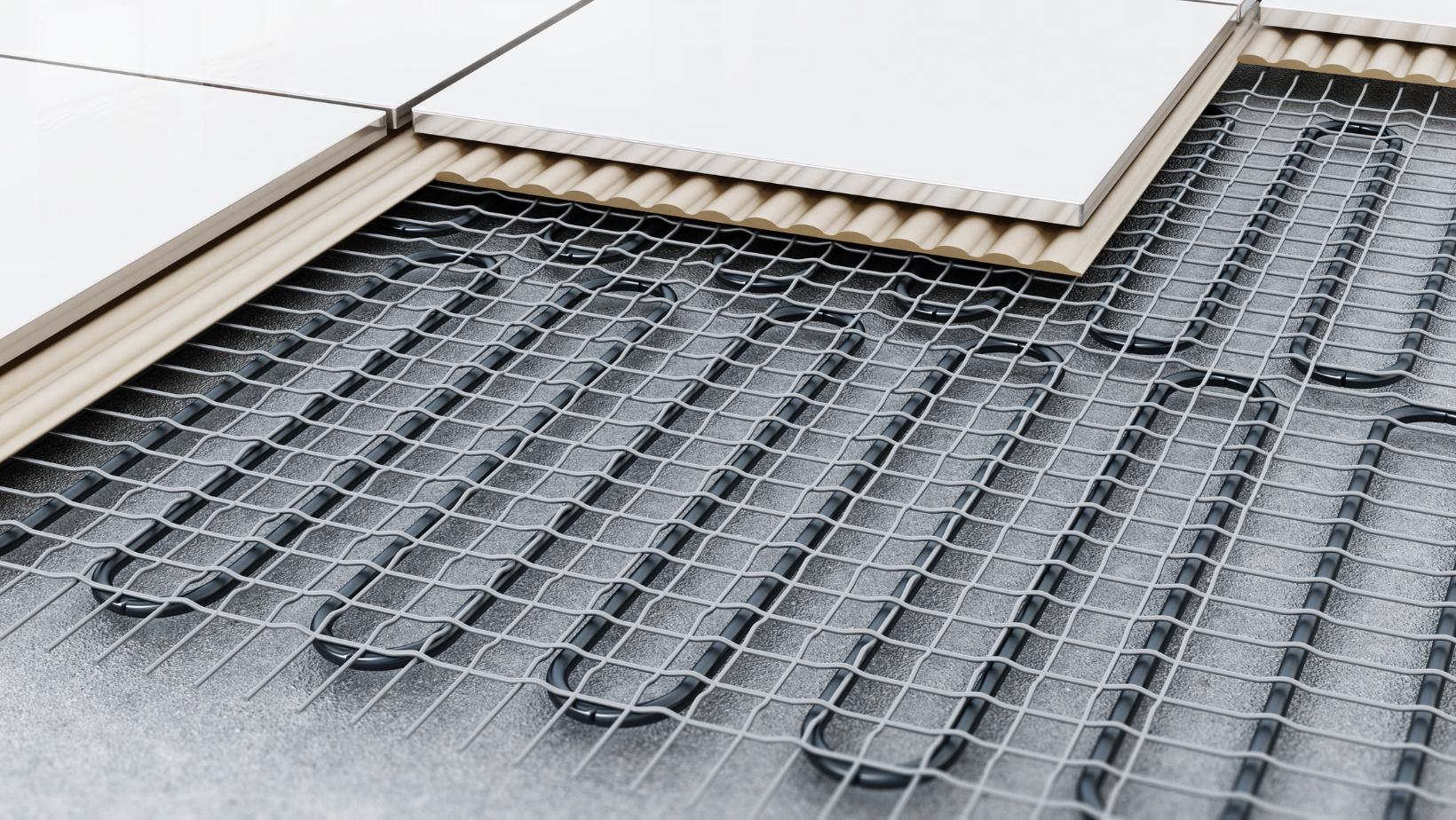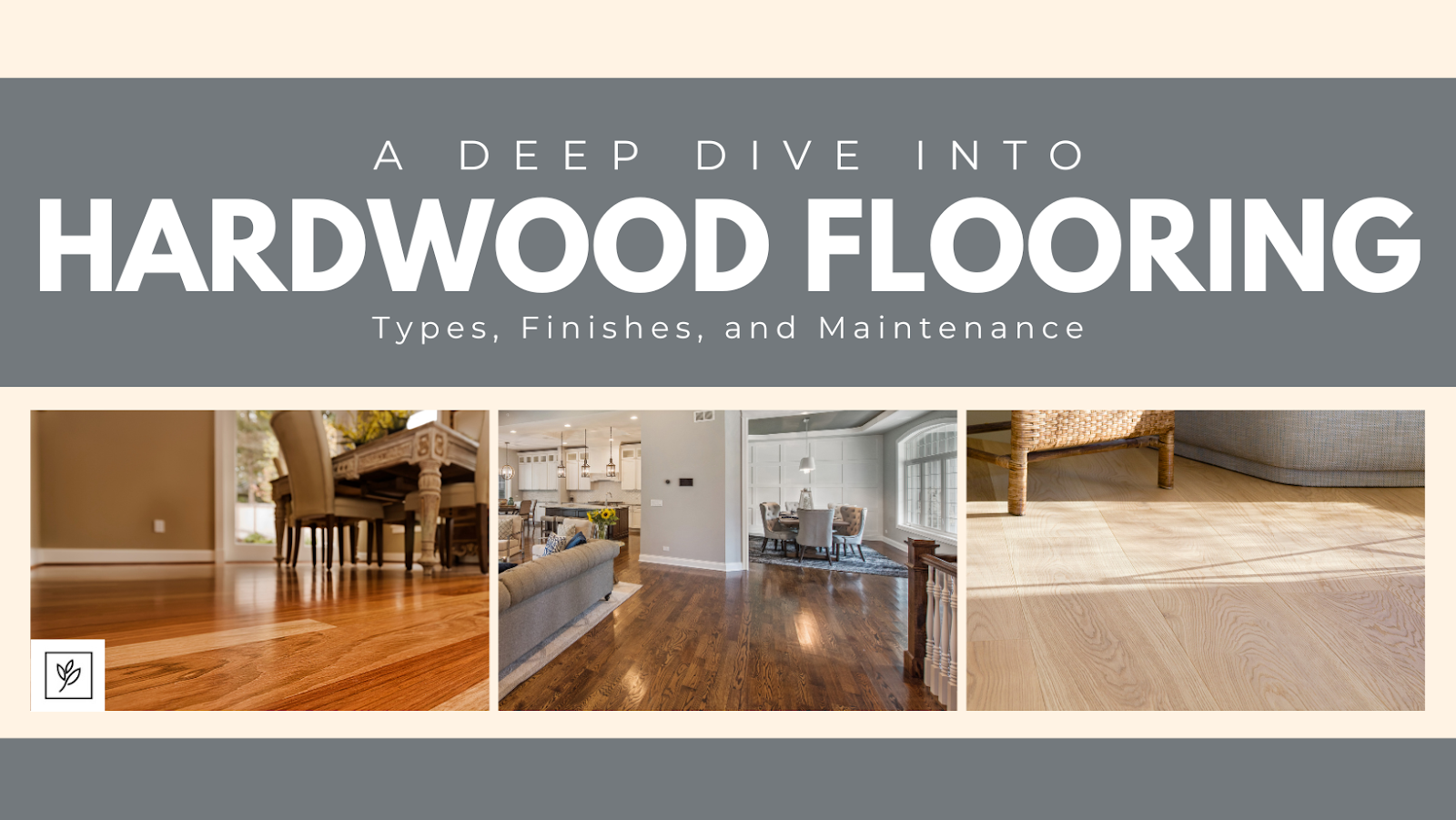When it comes to designing interior spaces, flooring plays a central role in shaping their overall mood and ambiance. But beyond its aesthetic appeal, flooring has a profound psychological impact on individuals’ moods, emotions, and well-being. From the warmth of hardwood to the softness of carpet and the durability of tile, each flooring material elicits unique psychological responses that influence how we perceive and experience our surroundings.
How does flooring influence the mood and ambiance of your space?
Different aspects of your flooring—from material to colour to pattern—affect your space and surroundings.
Material
Hardwood: Natural hardwood floors lend a sense of warmth, elegance, and sophistication. With its natural warmth and earthy tones, hardwood flooring also creates a cozy and inviting feel and evokes feelings of comfort and relaxation. Due to its reflective nature, hardwood flooring can also make a room feel more spacious. Darker wood tones can create a more formal feel, while lighter tones feel more airy and casual.
Click here to learn more about caring for your hardwood floors.
Tile: Tile floors can be a good choice for high-traffic areas or kitchens and bathrooms due to their durability and ease of cleaning. Tile flooring, with its sleek and modern aesthetic, conveys a sense of cleanliness, orderliness, and sophistication. The cool surface of tile flooring can create a refreshing and invigorating atmosphere, particularly in warmer climates or during hot summer months.
The durability and ease of maintenance of tile flooring make it a popular choice for high-traffic areas such as kitchens, bathrooms, and entryways. But because tile can feel cold underfoot, consider radiant heating or area rugs for added comfort. The type of tile also matters; natural stone tiles, for example, can feel luxurious, while ceramic tiles, depending on the design, can create a more modern or rustic ambiance.
Carpet: Carpets’ thick, soft texture provides a feeling of warm comfort, and thanks to their sound-absorbing properties, they can also help reduce noise. The plushness of the carpet underfoot provides a sense of luxury and relaxation, making it a popular choice for bedrooms, family rooms, and home theatres. Because carpeting can help reduce noise levels, it helps create a quieter, more peaceful environment.
Carpet can trap allergens and dust and might not be ideal for high-traffic areas. So, you can consider plush carpets for bedrooms or living rooms for a cozy feel or low-pile carpets for areas that need to be easier to clean.
Vinyl: Vinyl flooring offers versatility and practicality, with a wide range of styles and designs to suit any aesthetic preference. Its durability, water resistance, and easy maintenance make it suitable for both residential and commercial spaces. Depending on the design chosen, vinyl flooring can create a variety of moods and atmospheres, from modern and sleek to rustic and traditional, making it a versatile option for any room in the home.
Colour
Light colours: Light-coloured floors, like light beige or whitewashed wood, can make a room feel more open and airy. They also reflect light, making the space feel brighter.
Dark colours: Dark-coloured floors, like deep brown or black, can add drama and sophistication to a room. However, they can also make a small space feel even smaller.
Pattern: Flooring with patterns can add visual interest to a space. For example, patterned tiles can create a bold statement, while herringbone wood floors can add a touch of classic elegance. You may even choose vinyl tiles to create a playful pattern for your kids’ playroom. However, busy patterns can also make a room feel overwhelming, so use them strategically.
The Bottom Line
The choice of flooring material can significantly affect the mood and ambiance within a space.
But beyond mood enhancement, flooring choices can also impact a person’s overall well-being and cognitive function. Research suggests that natural materials such as wood flooring have a calming effect on the mind and body, reducing stress levels and promoting relaxation. Moreover, flooring that provides sensory stimulation, such as textured surfaces or plush carpets, can enhance proprioception and spatial awareness, improving balance and mobility, particularly among older adults.
* * *
Are you not sure how a certain type of flooring can affect your room’s overall look, feel, and mood? Try our room visualizer for the best visualization experience with just one click of a button!
